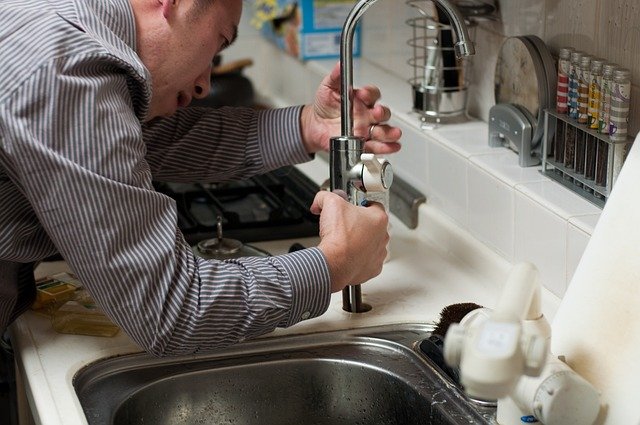Ventilation upgrades to prevent mold in wet zones
Upgrading ventilation in wet zones—like showers, laundry areas, and utility rooms—reduces mold risk by controlling humidity and improving air exchange. Simple mechanical improvements and thoughtful layout changes can make a lasting difference in moisture-prone spaces while supporting remodeling and renovation goals.

Moisture accumulation in wet zones creates ideal conditions for mold growth, which can damage finishes and affect indoor air quality. Effective ventilation upgrades focus on removing humid air at its source, balancing airflow with insulation and waterproofing, and integrating practical features into a broader renovation plan. This article outlines practical strategies that tie ventilation to layout, lighting choices, tiles and fixtures, plumbing considerations, and sustainability goals to help prevent recurring mold problems.
This article is for informational purposes only and should not be considered medical advice. Please consult a qualified healthcare professional for personalized guidance and treatment.
How does ventilation reduce mold?
Good ventilation reduces relative humidity and removes the warm, moist air that molds need to grow. Mechanical exhaust fans sized to the room and ducted to the exterior are more reliable than passive vents. Continuous or timed ventilation can clear moisture after showers or laundry cycles; pairing fans with humidity sensors (humidistats) ensures they run only when needed. During remodeling, confirm that fans deliver adequate cubic feet per minute (CFM) for the space and that ducts are insulated and as short and straight as possible to avoid condensation.
What role does waterproofing play?
Waterproofing and ventilation work together: waterproof membranes and sealed tile installations prevent liquid seepage into walls and subfloors, while ventilation deals with airborne moisture. Proper waterproofing under tiles and around fixtures reduces hidden damp spots where mold can establish. Choose water-resistant backer boards, sealant rated for wet areas, and ensure transitions around tubs, showers, and wet walls are detailed to prevent leaks that ventilation alone cannot mitigate.
How can layout and airflow be improved?
A thoughtful layout supports natural airflow and makes mechanical ventilation more effective. Avoid enclosing wet zones without mechanical exhaust; place doors, transoms, or ventilation grilles to allow air to move toward exhaust points. Consider the placement of storage so it does not block airflow; cabinets should be elevated or vented if placed close to wet zones. During renovation, orient wet walls and plumbing chases to simplify duct runs and reduce the number of bends that impede exhaust efficiency.
How do lighting and tiles affect damp areas?
Lighting choices influence heat and condensation patterns. Warm, low-heat LEDs produce little moisture, while poorly insulated light fixtures can create cold spots where condensation forms. Tile selections also matter: smoother, less porous tiles and properly sealed grout are easier to dry and clean, reducing mold-friendly crevices. Combine good lighting with easily washable tile finishes to make inspections and maintenance simpler, which supports long-term mold prevention.
How should plumbing and fixtures be managed?
Leaks and slow drips are common sources of hidden moisture. Upgrade fixtures and plumbing during ventilation-focused renovations to eliminate chronic leaks and to simplify maintenance. Wall-mounted fixtures and accessible access panels make inspections and repairs easier. Ensure supply and drain lines are installed with appropriate slope and clear access, and coordinate plumbing layouts to minimize concealed spaces that trap moisture despite adequate ventilation.
How to incorporate sustainability, accessibility, and storage in renovation?
Sustainable ventilation strategies include heat-recovery ventilators (HRVs) or energy-recovery ventilators (ERVs) that exchange stale indoor air with fresh outside air while conserving energy. These systems are especially useful in airtight, well-insulated renovations. Accessibility considerations—such as reachable controls for fans and clear pathways for airflow—ensure occupants can operate ventilation effectively. Design storage to allow air circulation and use moisture-resistant materials for shelving in wet zones to reduce mold risk during everyday use.
Conclusion Preventing mold in wet zones requires a combination of targeted ventilation upgrades, durable waterproofing, sensible layout and plumbing choices, and finishes that facilitate drying and cleaning. During any remodeling or renovation, coordinate fan selection and ducting with tile, fixture, and lighting decisions, and consider sustainable ventilation options for long-term performance. Regular inspection and prompt repair of leaks, paired with appropriate ventilation schedules or sensors, will substantially reduce the likelihood of recurring mold issues.





